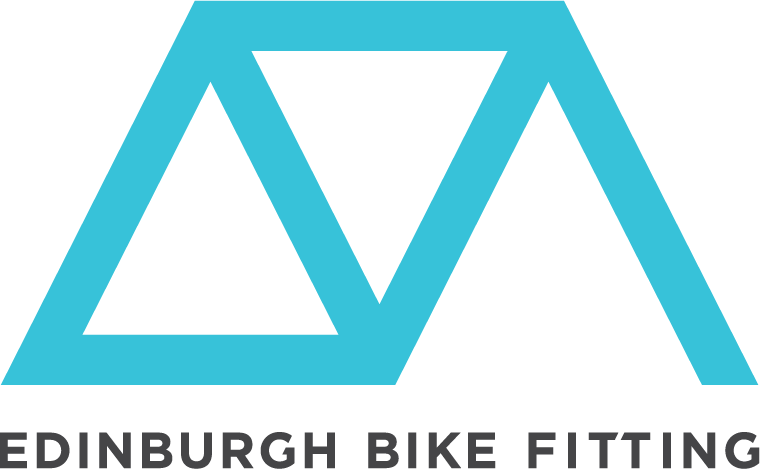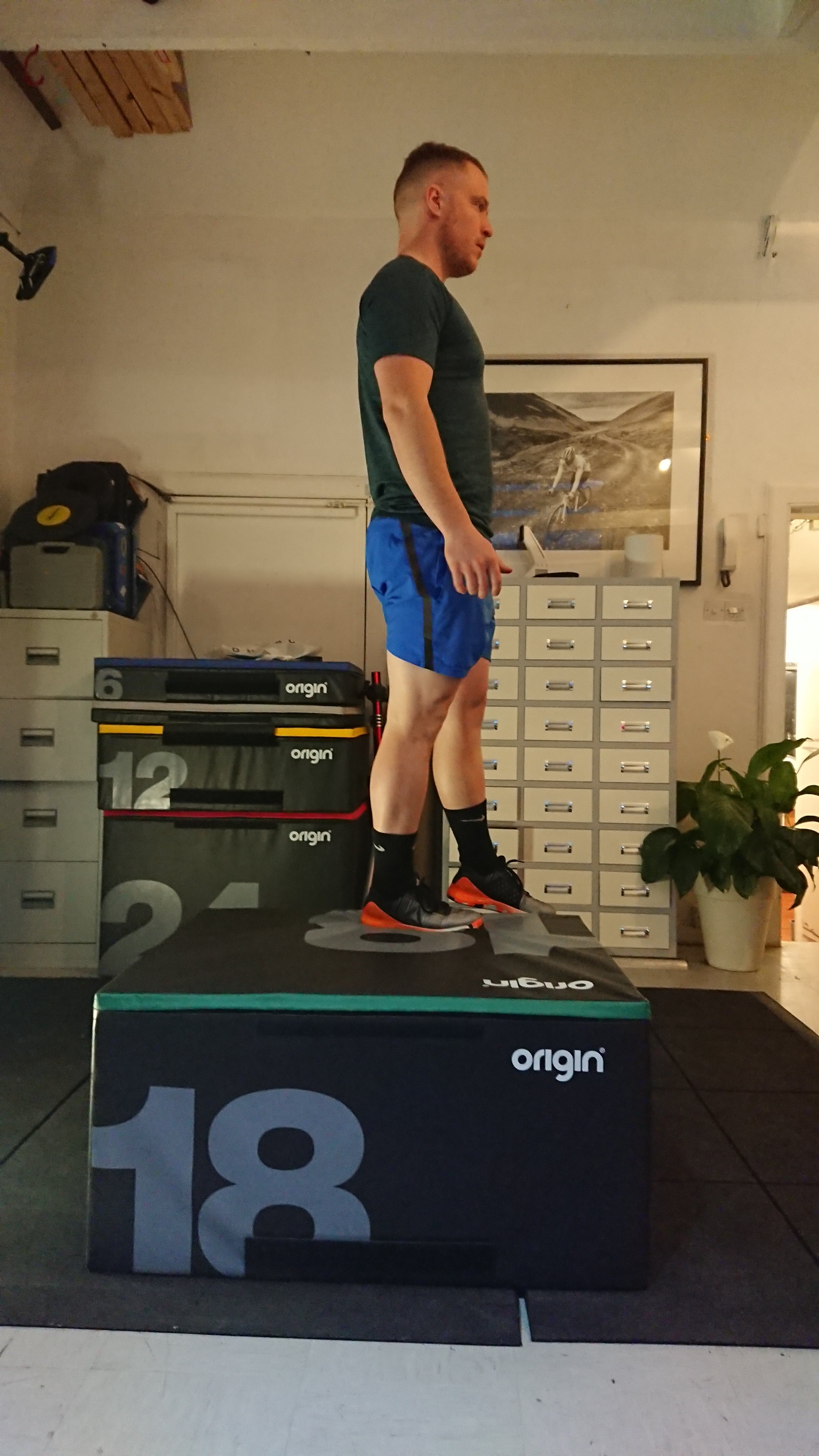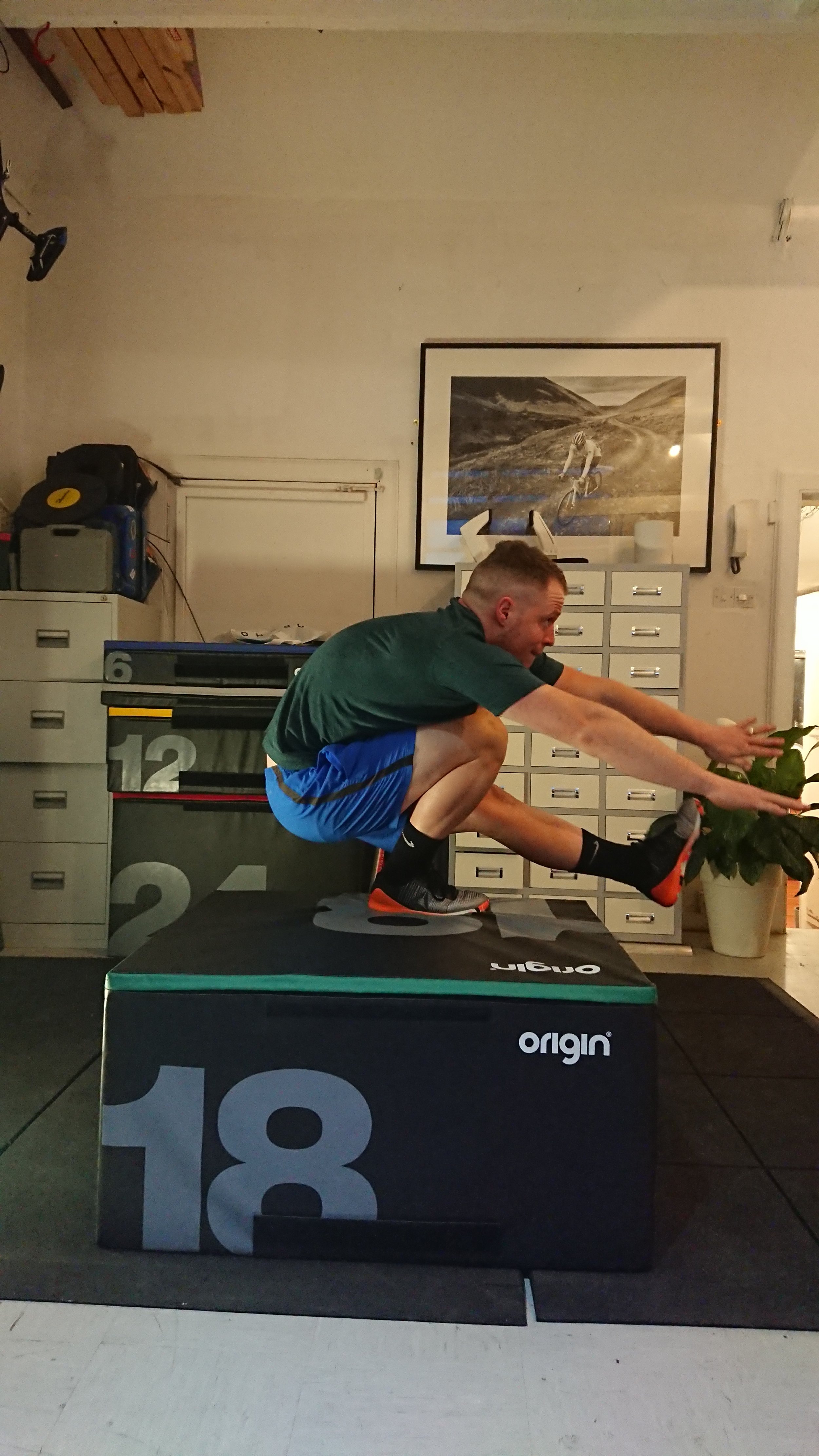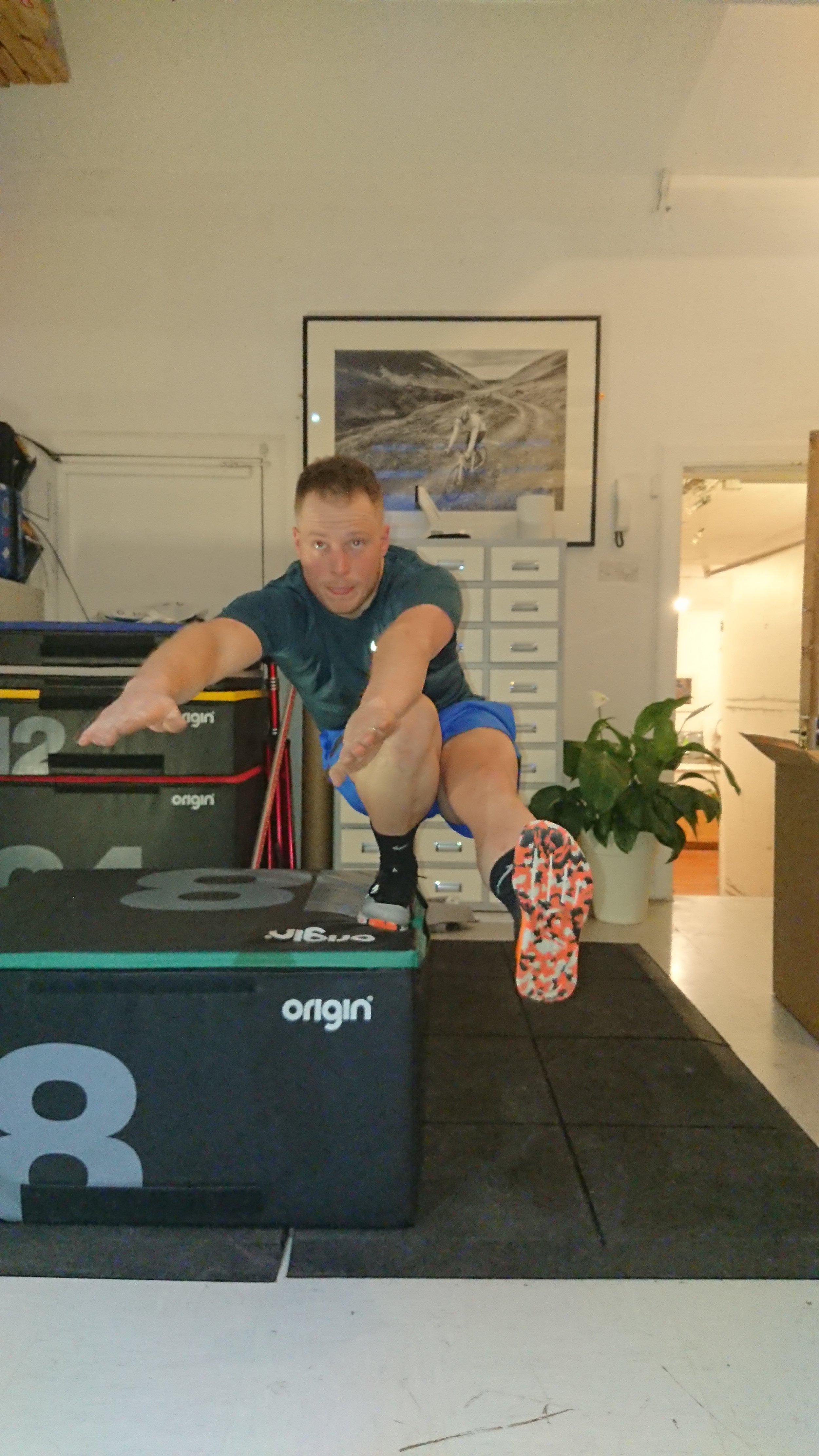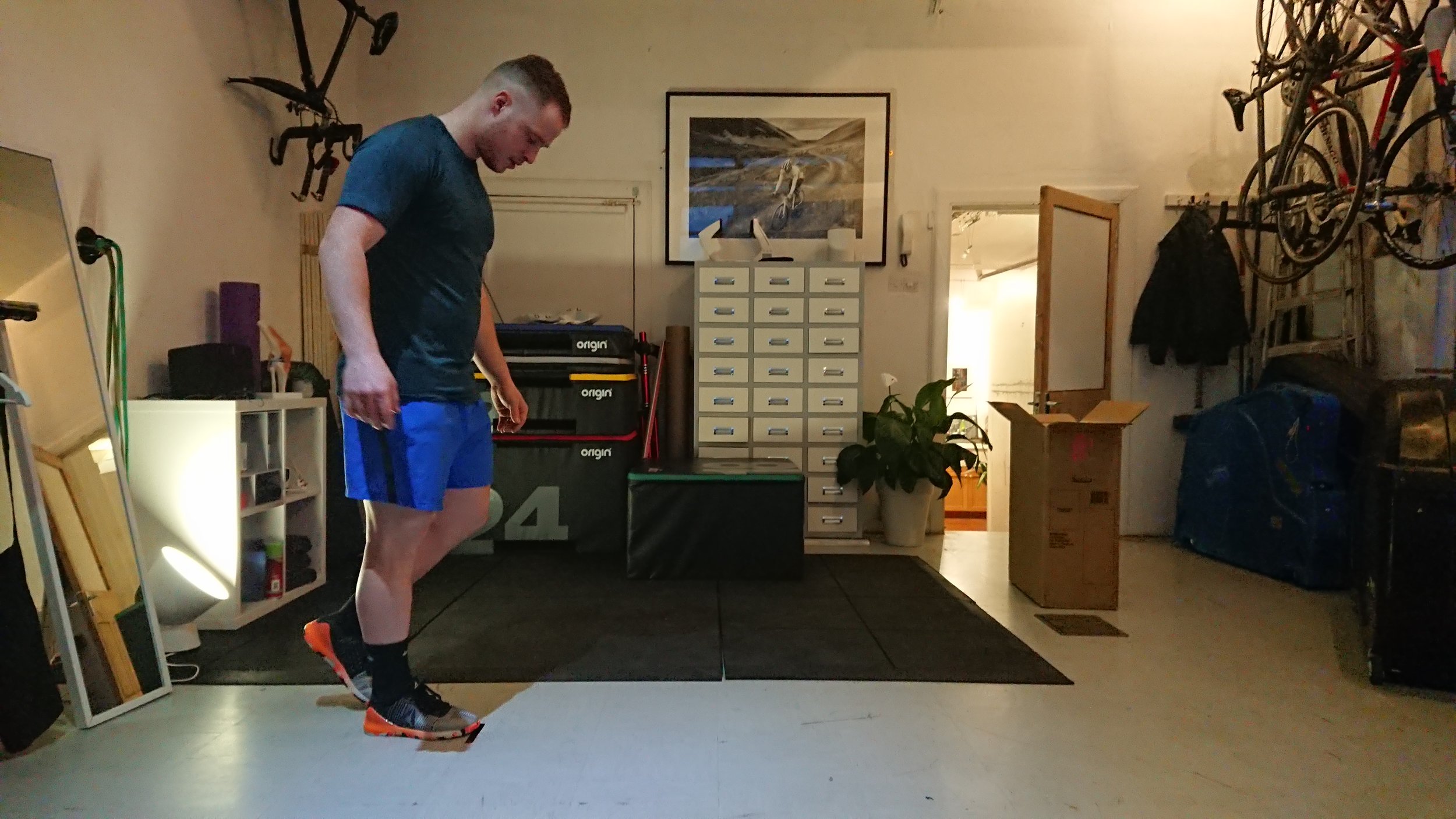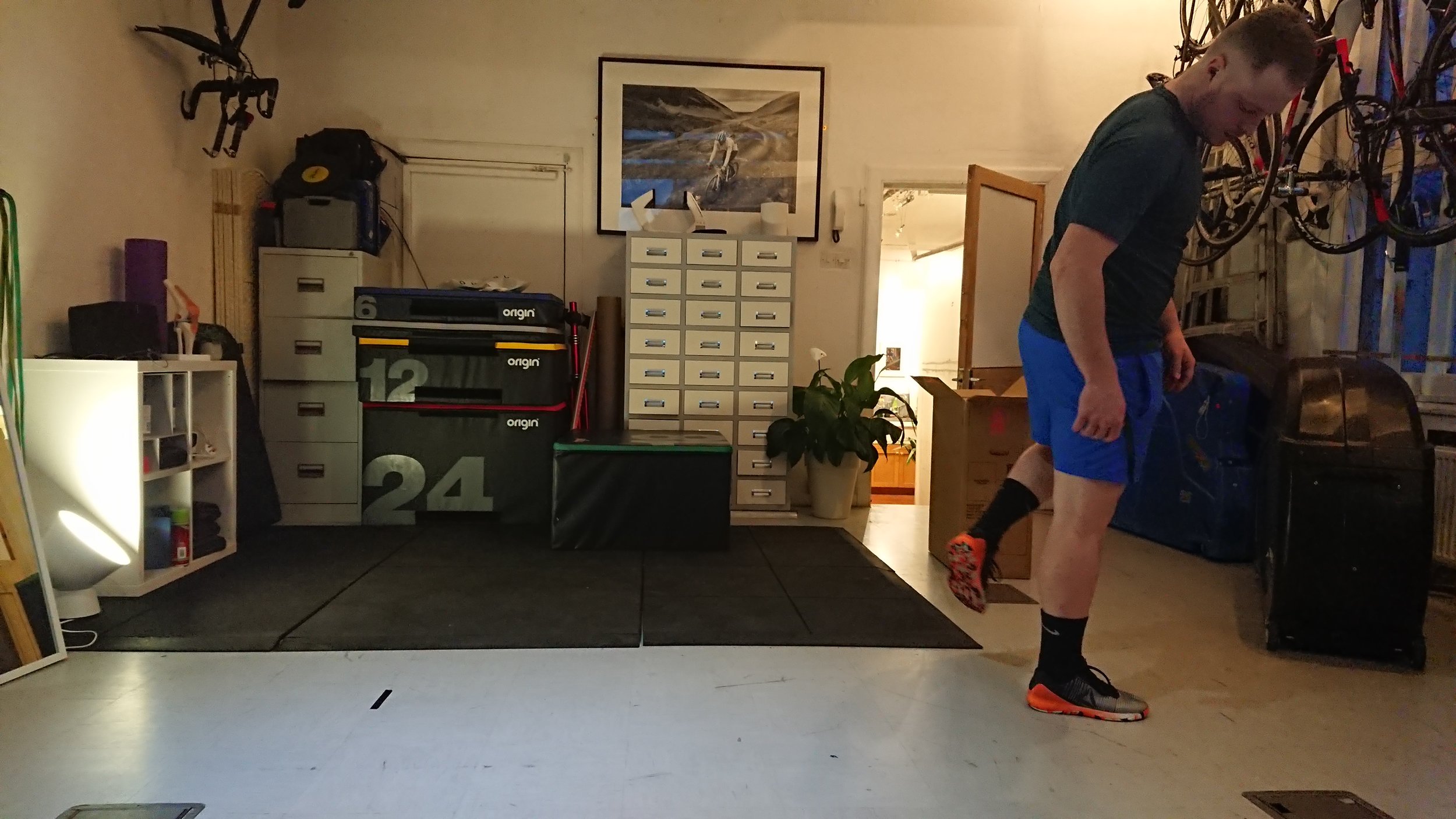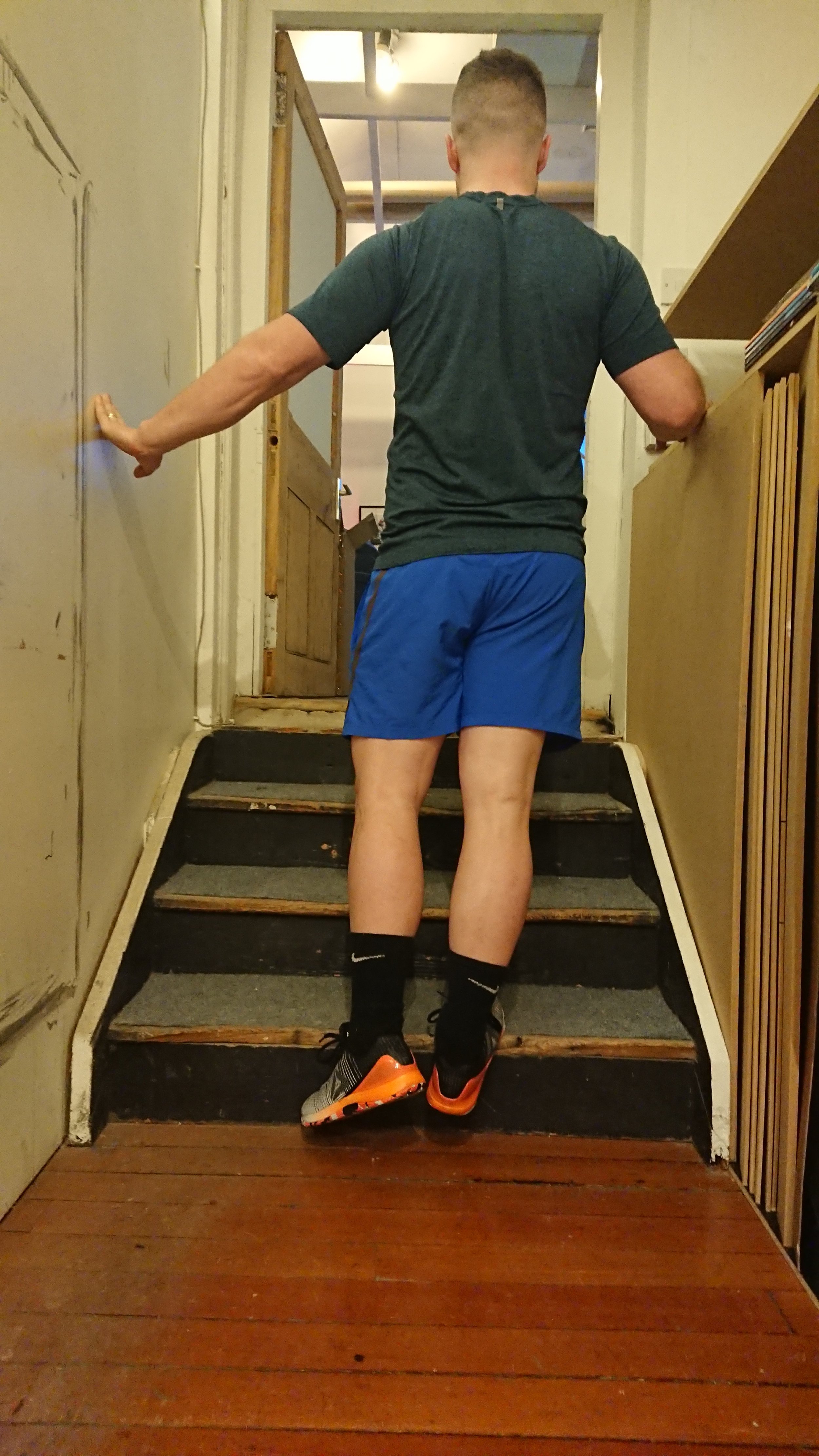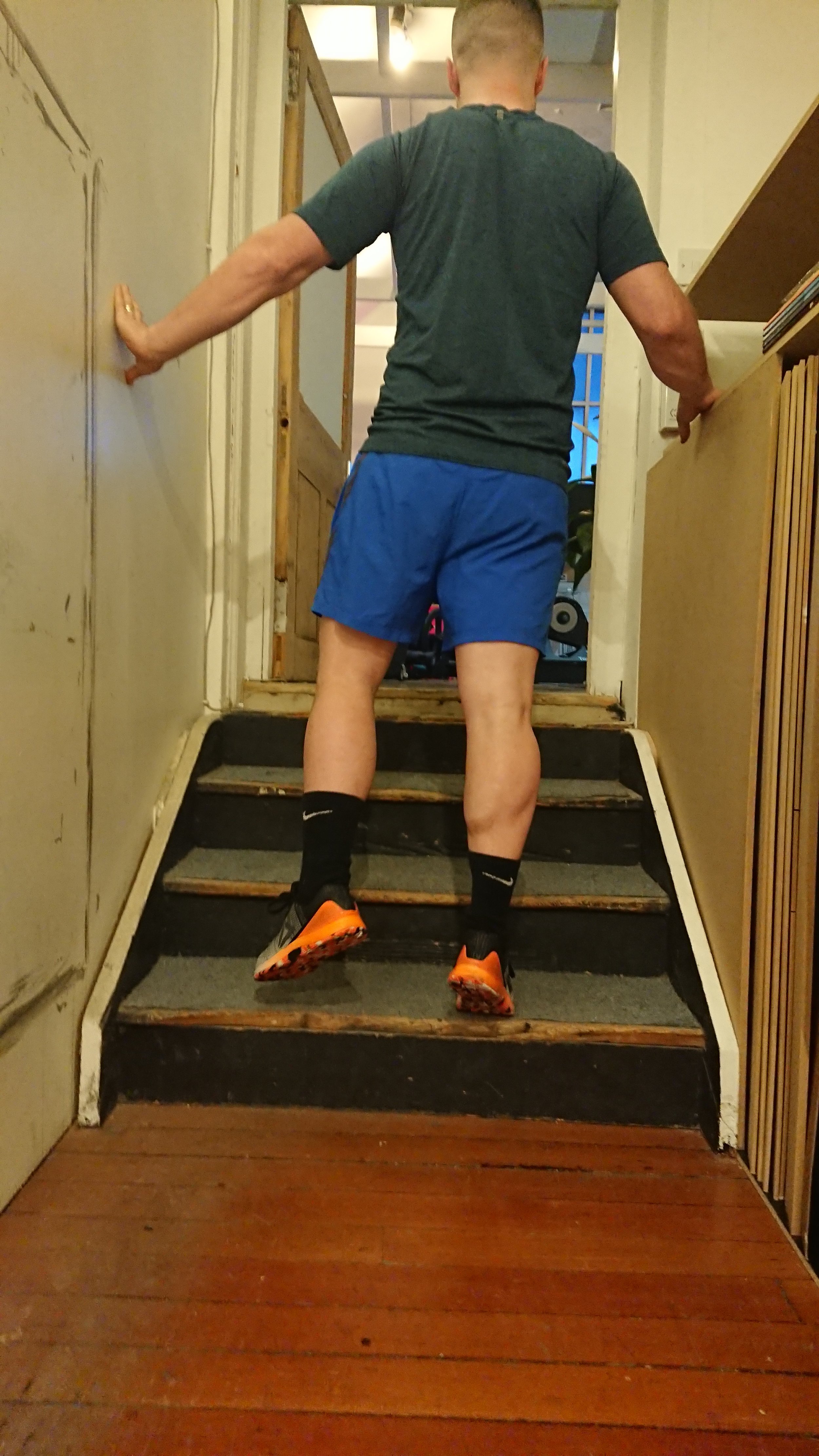Asymmetries: Test Yourself
Looking at asymmetries in sport with some easy methods of how to test yourself!
I could probably talk all day about this. It’s going to be a good one. I’ll be concise as possible, but it will give you the tools to measure your asymmetries yourself. When I say asymmetries, I mean if you split your body from head to toe into left and right, or through the sagittal plane if you prefer. I think you’ll struggle to find anyone who is perfectly symmetrical. Everyone has a better side and I don’t just mean looks, and if you’ve ever been for a bike fit with Dougie, you’ll have been through Retül and have seen the numbers, I’d put money on them being different on either side. That doesn’t mean we shouldn’t strive to be as even as possible right to left.
The big questions are how to determine a difference and when to be concerned. Coaches like to use the term asymmetries create injuries and while this might be true for some people it’s not an absolute certainty. General rule I would say for differences right to left;
<10% don’t worry about it but be aware
10-20% start to consider doing something about it
>20% do something about it sooner rather than later
Everybody will be different left to right, through preference, training or injury. I have a huge asymmetry, visibly noticeable circumference difference between my right and left quad. When I was a kid, I ruptured my patella tendon, leaving me in a plaster cast for 6 weeks before spending many painful hours over months with the physio learning how to bend my leg again. Naturally the muscle wasted and never caught back up. I still had a professional sports career after this though so it’s not the be all and end all, if you work hard enough. I still spend a lot of time working single leg exercises in an effort to stay balanced. However, if you are a javelin thrower your throwing arm is always going to be stronger and more powerful than your non-throwing arm!
There are a few good ways in cycling, triathlon and running to work out asymmetries, some are expensive and others you can do in your living room for free. Disclaimer, this is by no means an exhaustive list just a few examples and of course warm up prior to attempting any of them and you do them at your own risk.
Power Meter
This is absolutely the most expensive one on the list. You’ll need a dual sided power meter, which will measure left and right power over the course of a ride. When measuring the difference between left and right try to take an average of a few different intensities above and below your FTP! The harder you press the pedals may change how you ride and its worth measuring the full spectrum if you have the option to do so. Just remember that: 47% - Left, 53% - Right is essentially a 12% difference, not 6%. As you are looking at the difference in total power on each leg not the gap between them.
P.S. we’re a Stages dealer now and they have a really cool duel sided meter :)
Pistol Squat
This is the cheapest but probably the most technically difficult to perform. It’s not very scientific and there are no percentage numbers to measure. Its very subjective, you have to be honest with yourself. Try complete as many reps as possible on each leg and look at the difference or if you can’t even do 1 rep its probably a sign you need to work on either: mobility or unilateral strength!
Single Leg, Leg Press
Time to hit the gym! This one might take a familiarisation session to get to the grips with the exercise before testing yourself. Simple terms: start with an easy weight and keep working your way up till you have a full depth single leg – leg press repetition max (the heaviest load you can press with one leg). Check if there is a difference from left to right. Remember to be honest with yourself. If it’s not full depth on each leg, it doesn’t count! Always remember to set up the machine to have the lower limits set to your ability so you don’t hurt yourself.
Single leg hops (My personal favourite!)
The easiest of the lot. Get some tape, any tape will do. Create a start line and simply stand on one leg and jump as far as you can then measure how far you got, repeat on the other leg and look at the difference. Remember to do a few warm up jumps first before measuring.
Calf Raises
The ultimate calf pump. Don’t worry it will go away… eventually. This one is worth trying if even just to see how it feels to do calf raises to failure. Start by doing a few warm up reps on each leg before. While standing on one leg with your heel hanging down off a step, use something to hold on for balance. Perform as many calf raises as possible before failure. Is the number the same or different? Triathletes/Runners, there is some research by an Australian that suggest if you can do >35 reps on each leg you are less disposed to getting shin splints, calf and achilles injuries.
Go out and test yourself! or better yet… Stay at home and test yourself!
For now, if you have a big asymmetry it might be worth thinking about working on it. Find a good resource or coach (who knows what they are doing, back to scope of practice!) and work on it. Shameless plug here, we do cycling, triathlon and S&C coaching at EBF and would be excited to help you assess and address any concerns to help you achieve any goal.
Check out the Edinburgh Bike fitting Instagram this week for a few different unilateral exercises you could add in at home to address some asymmetries!
Rory
- Edit by Dougie
// Mind dump alert //
Quite often in fits I find someone often having a tighter (less flexible if you like) side. Sometimes this occurs on the same side as the stronger side and sometimes the weaker, this is normal but this can have interesting effects on how you sit on your bike. The problem is when these asymmetries cause your body to twist or pander to the stronger, more dominant side or lean into the tighter less flexible side struggling to pass through a clean range of motion in the pedal stroke. The issue here is the bike doesn’t care about your asymmetries its cranks and handlebars are 100% the same on both sides. So suddenly your body is forced into a corner and often the result is a problematic movement pattern on the bike. For example, say the leaning or twisting causes one limb to pass through the stroke with a more acute knee angle and a tighter hip angle compared to the other far stronger side, all of a sudden the limb which is already ahead gets a better chance to create power on the pedal because its in a far more ergonomically friendly position to create force.
Beyond the strength tests outlined by Rory above, put yourself through your paces and run through some basic stretches left to right and tune into your flexibility differences. Often the most basic stretches addressing asymmetries can leave people feeling so much better on a bike during a fit session and lead to great improvements in symmetry in a matter of minutes. addressing these asymmetries usually cause improvements in fit and comfort far greater than can be achieved by moving the bike alone.
if your concerned this may be knocking you out of alignment after a recent injury, you could do worse than to book a redial session to give you some fresh ideas on how to even you up…
Dougie
